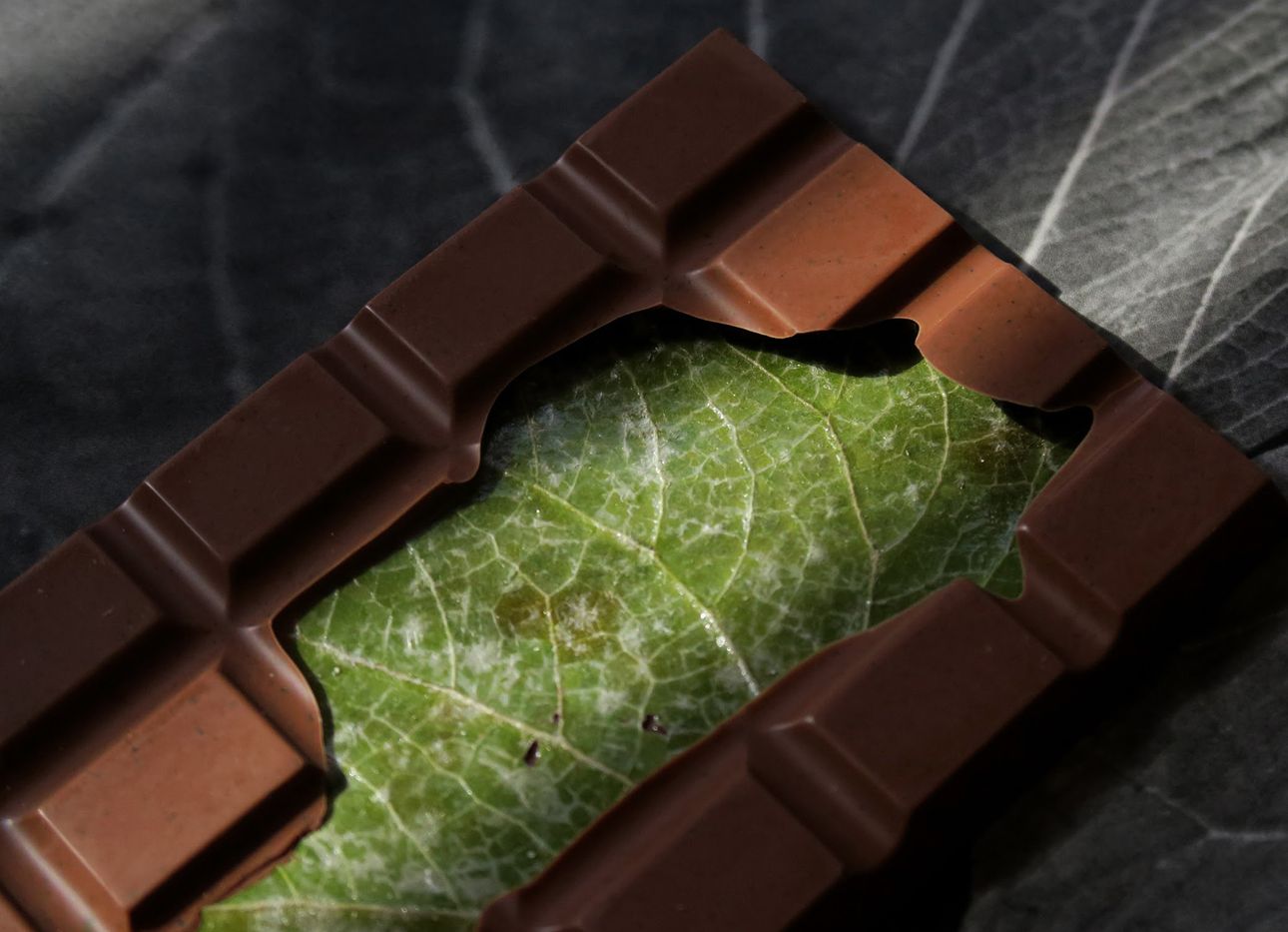
Has Casa Bosques Created the Most Incredible Chocolate Bar Ever?
Rafael Prieto, creative director of the New York City– and Mexico City–based studio Savvy, and the founder of Casa Bosques and Casa Bosques Chocolates, tells us about hoja santa, the special aromatic herb found in his latest concoction.
You’ve been making chocolate for nine years now. How did you start?
I love chocolate. I was traveling in Europe, tasting and trying different chocolates, and it was interesting because Belgian chocolate, for example, is called Belgian chocolate, but the cacao comes from other countries. So I got curious about this traveling line of cacao. Later, when I was back [in Mexico], designing a restaurant, I randomly met and started talking with a pastry chef, asking, “Where do you get the chocolate for this cake?” The conversation went on, and then it just clicked in my mind that I wanted to make chocolate. We got our first beans in Mexico, and from there it has been an exploration of different flavors.
Tell us about your latest ingredient, the hoja santa leaf. Where does it come from, and how does it taste?
I discovered hoja santa a bit late, because I’m from the north [of Mexico], and hoja santa is from the south—Mexican cuisine is very regional. I think I was 17 when I had my first one. It has this almost anise taste to it, but at the same time it’s bitter. Hoja santa is very important in Mexican cuisine, but it’s always one hundred percent in savory dishes, in moles, teas, all sorts. It has a lot of spiritual and healing connotations, and represents a lot about our connection to the cosmos, ancient folk knowledge about energy. It is used for general well-being, a way to detoxify, protect your immune system. (And, in theory, it’s anti-inflammatory, but, you know, bloating is not such a thing in Mexico—that’s more of an American concern.)
Last winter, I was in Oaxaca, eating this specific quesadilla that had hoja santa, and I thought, Man, I need a chocolate with this. Hoja santa is a living thing, and I didn’t want to grind it or dry it like another ingredient, because then it loses its power. In the finished bar, a whole leaf is embedded and partly exposed in the middle of the chocolate—that took us, like, seven months, to get the leaf at the perfect balance of dried and slightly crystallized with sugar, for a little crunchiness.
From where do you source your cacao?
I always get it from different countries, but I wanted to make this one very Mexican, and I knew there was this ranch growing white-bean cacao. For a cacao bean to be white means that it’s very special and pure; nothing has happened to the field, no pollution, nothing.
You tend to feature uncommon flavors. How do you decide which ingredients to experiment with?
Pink peppercorn was the first one that I did, because I was very curious about mixing chocolate with different spices and flavors. The second was fleur de sel, then the third was rosemary. For the fourth one, I was living in Kuwait for a while, working on a project, and did one with cardamom, as a reminder of the Turkish coffee and tea they drink there.
Depending on where I’m traveling, the chocolate for me is almost like a journal. I taste something interesting, and then try to turn those flavors into a bar with something that resonates.